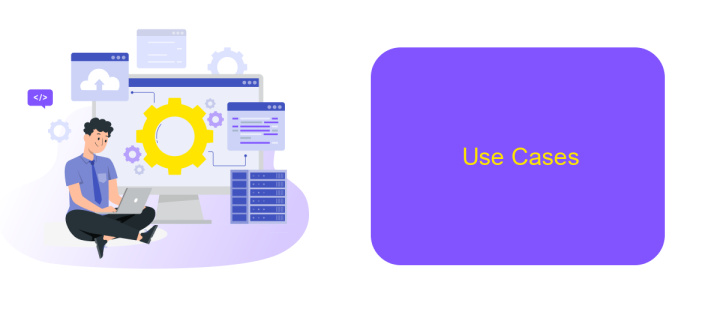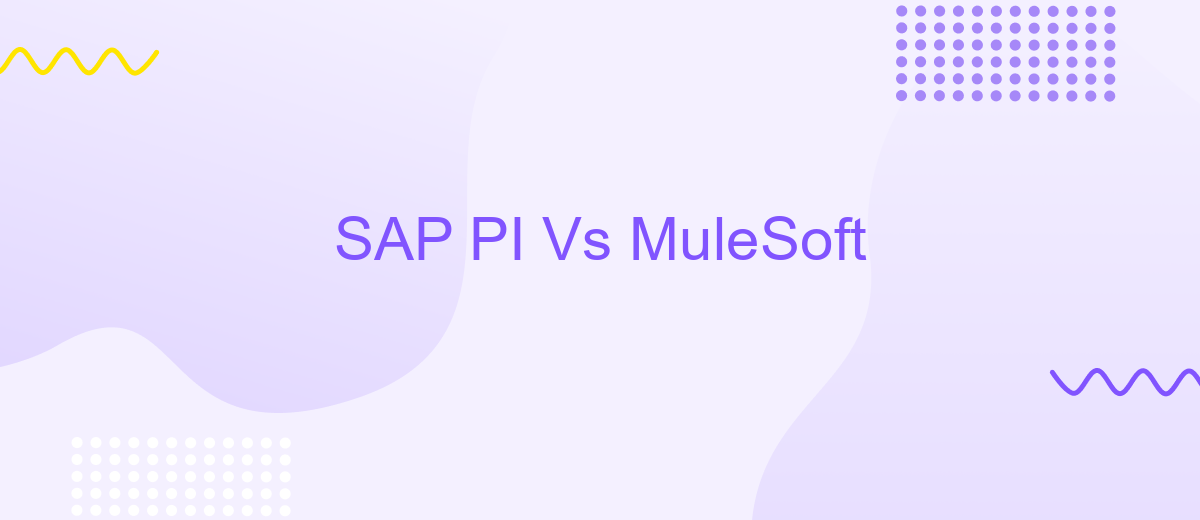SAP PI Vs MuleSoft
When it comes to integrating diverse systems and ensuring seamless data flow within an organization, choosing the right middleware platform is crucial. SAP Process Integration (PI) and MuleSoft are two leading solutions in this space, each offering unique features and capabilities. This article aims to compare SAP PI and MuleSoft, highlighting their strengths, weaknesses, and key differences to help you make an informed decision.
Overview
When comparing SAP PI and MuleSoft, it's essential to understand their core functionalities and differences. SAP PI (Process Integration) is an integration platform designed to facilitate the exchange of information between a company's internal software and external systems. MuleSoft, on the other hand, is a comprehensive integration platform that connects various applications, data, and devices through APIs.
- SAP PI: Primarily used for SAP environments, offering robust integration capabilities within SAP landscapes.
- MuleSoft: Known for its flexibility and ease of use, supporting a wide range of applications and services beyond SAP.
- ApiX-Drive: A useful tool for setting up integrations quickly and efficiently, providing a user-friendly interface for connecting different services and applications.
Both SAP PI and MuleSoft offer unique advantages based on specific business needs. SAP PI is ideal for companies heavily invested in SAP ecosystems, while MuleSoft provides broader integration possibilities across various platforms. Tools like ApiX-Drive can further simplify the integration process, making it easier to connect diverse systems seamlessly.
Architecture

SAP PI (Process Integration) operates on a centralized architecture, where a single system acts as a hub to manage all integrations. This hub-and-spoke model ensures that all data and processes flow through a central point, simplifying monitoring and management. SAP PI is tightly integrated with other SAP modules, providing seamless connectivity within the SAP ecosystem. However, this centralized approach can sometimes lead to bottlenecks and single points of failure, making it crucial to have robust backup and failover mechanisms in place.
MuleSoft, on the other hand, employs a more decentralized architecture known as the API-led connectivity approach. This model breaks down integrations into reusable APIs, which can be independently managed and scaled. MuleSoft's architecture promotes agility and flexibility, allowing organizations to quickly adapt to changing business needs. Additionally, services like ApiX-Drive can be integrated to further streamline the process of setting up and managing integrations, offering pre-built connectors and automated workflows that reduce the complexity and time required for integration projects.
Features

SAP PI (Process Integration) and MuleSoft are two powerful tools for enterprise integration, each offering unique features to streamline business processes. Understanding their capabilities can help organizations make an informed decision.
- SAP PI: SAP PI is deeply integrated with other SAP applications, providing seamless connectivity within the SAP ecosystem. It offers robust message transformation and routing capabilities, ensuring data consistency and accuracy across systems.
- MuleSoft: MuleSoft excels in its versatility, supporting a wide range of protocols and data formats. Its Anypoint Platform provides a unified solution for API management, design, and deployment, making it easier to connect applications, data, and devices.
- Integration Services: Services like ApiX-Drive can further enhance integration processes by offering no-code solutions for connecting various applications. ApiX-Drive simplifies the setup and management of integrations, reducing the need for extensive technical expertise.
Both SAP PI and MuleSoft have their strengths, and the choice between them depends on the specific needs and existing infrastructure of an organization. While SAP PI is ideal for businesses heavily invested in SAP, MuleSoft offers broader compatibility and flexibility. Utilizing services like ApiX-Drive can also provide additional ease and efficiency in managing integrations.
Use Cases

SAP PI and MuleSoft are both prominent integration platforms, each with unique strengths suited for different use cases. SAP PI is often favored by organizations already heavily invested in SAP ecosystems, while MuleSoft offers a more flexible and comprehensive approach to integration across various systems and applications.
For companies looking to integrate SAP solutions seamlessly, SAP PI is the go-to option. It excels in scenarios where deep integration with SAP modules like ERP, CRM, and SCM is required. MuleSoft, on the other hand, is ideal for businesses needing to connect a diverse range of applications, both on-premises and in the cloud, offering extensive support for APIs and microservices.
- Integration of SAP modules within an SAP-centric environment
- Connecting cloud and on-premises applications using APIs
- Facilitating real-time data exchange between disparate systems
- Enabling microservices architecture for scalable solutions
Additionally, services like ApiX-Drive can complement these platforms by simplifying the setup of integrations. ApiX-Drive offers a user-friendly interface to connect various applications without extensive coding, making it an excellent tool for businesses aiming to streamline their integration processes efficiently.
Comparison Table
When comparing SAP PI and MuleSoft, several key differences emerge that can influence your decision. SAP PI, or Process Integration, is a middleware platform designed primarily for SAP environments, offering robust integration capabilities within the SAP ecosystem. It excels in scenarios where tight integration with SAP applications is required, leveraging native support and pre-built connectors. On the other hand, MuleSoft is a versatile integration platform that supports a wide range of applications, both SAP and non-SAP. Its Anypoint Platform provides extensive API management and integration capabilities, making it a suitable choice for diverse IT landscapes.
Another aspect to consider is the ease of use and flexibility. SAP PI, while powerful, often requires specialized knowledge and can be complex to configure. MuleSoft, known for its user-friendly interface, allows for quicker setup and easier management of integrations. Additionally, tools like ApiX-Drive can further simplify integration processes by offering no-code solutions, enabling businesses to connect various applications without extensive technical expertise. This flexibility can be crucial for organizations looking to streamline their integration efforts and reduce dependency on specialized skills.
FAQ
What are the primary differences between SAP PI and MuleSoft?
Which platform is easier to use for integration tasks?
Can both SAP PI and MuleSoft handle real-time data integration?
What are the cost implications of choosing SAP PI over MuleSoft?
Are there services available to help with the automation and setup of integrations for these platforms?
Do you want to achieve your goals in business, career and life faster and better? Do it with ApiX-Drive – a tool that will remove a significant part of the routine from workflows and free up additional time to achieve your goals. Test the capabilities of Apix-Drive for free – see for yourself the effectiveness of the tool.

